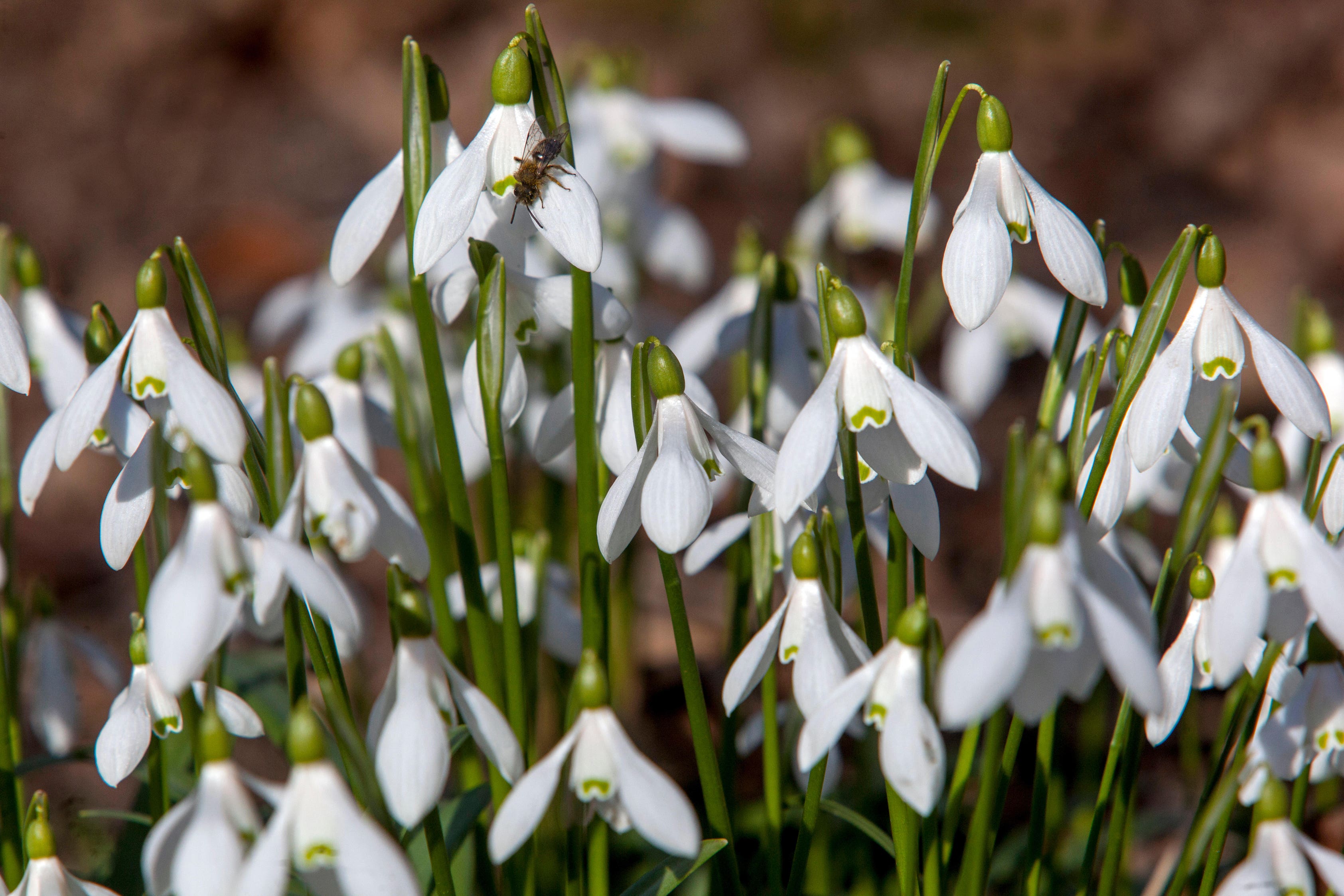White plants to brighten up your garden in winter
Five of the best white plants to illuminate your green space. By Hannah Stephenson.

Your support helps us to tell the story
From reproductive rights to climate change to Big Tech, The Independent is on the ground when the story is developing. Whether it's investigating the financials of Elon Musk's pro-Trump PAC or producing our latest documentary, 'The A Word', which shines a light on the American women fighting for reproductive rights, we know how important it is to parse out the facts from the messaging.
At such a critical moment in US history, we need reporters on the ground. Your donation allows us to keep sending journalists to speak to both sides of the story.
The Independent is trusted by Americans across the entire political spectrum. And unlike many other quality news outlets, we choose not to lock Americans out of our reporting and analysis with paywalls. We believe quality journalism should be available to everyone, paid for by those who can afford it.
Your support makes all the difference.If your garden looks like it’s down in the dumps with the incessant rain and short days, white plants can do a lot to perk it up.
From pint-sized snowdrops which can easily be naturalised, to pot-perfect winter-flowering heather and cyclamen, plus white Helleborus niger and the glorious bark of birch, there are numerous options for illuminating your outdoor space.
Here are five of the best white plants…
1. Snowdrop
As their nodding white heads emerge despite the most inclement of weather, snowdrops are among the first bulbs to appear in late winter and early spring.
How to grow: Plant the bulbs in early autumn around 6-7cm deep. If you want them to naturalise, you’ll need to plant in groups of 10 or more spacing them 4cm apart, leaving enough space for them to spread in seasons to come. You can also buy them in spring ‘in the green’, as lifted clumps which are in full leaf with faded flowers, so you can group clumps together which should naturalise quickly.
2. Sweet box (Sarcococca confusa)
If you need an evergreen shrub, which is going to give you subtle white richly-scented flowers every winter against a background of rich, glossy green foliage, this could be the one for you. It grows to 2m and will brighten up a shady border or woodland area, performing well in urban gardens. Once it has flowered, it should also give you glossy black berries, so prolonging interest further on in the season.
How to grow: Sweet box likes partial to deep shade and will grow well in most well-drained humus-rich soil.
3. Common silver birch
If you want your tree to lighten the scene, check out the common silver birch (Betula pendula), with its pure white bark which looks wonderful against the grey of winter. Alternatively, grow paper birch (Betula papyrifera), a fairly vigorous specimen whose peeling white bark is beautiful when the tree is leafless in winter.
How to grow: It’s easy, not fussy about soil, should thrive in sun or light shade and is wind-tolerant.
4. Cyclamen coum ‘Album’
These pretty little cyclamen with marbled leaves produce a white flower with a deep purple mark at the base of each petal and look fabulous in quiet dark corners, where they will light up the area if you grow enough of them. They can thrive under trees or in alpine beds and rock gardens, their fresh green foliage emerging around the same time in winter and early spring.
How to grow: Plant 5cm deep in moderately fertile, humus-rich, well drained soil – and don’t overfeed them – preferably in partial shade, mulching them when their leaves die off. They can do well in city gardens and in patio containers, but make sure they are kept moist even when dormant. Being among the hardiest of cyclamen, they should return year after year.
5. Erica carnea ‘Alba’
White winter-flowering heather is always a hit in containers – and if you are wanting a flourish of white you could pair it with white violas or pansies and silver-leaved senecios, which will give their best if you place the pot in a sheltered position. It also looks great in rockeries and coastal gardens, on banks and slopes and as garden edging. As well as looking pretty, it is also a magnet for bees.
How to grow: Unlike some heathers, this one can tolerate some lime so will grow well in virtually any soil. For best results, place it in full sun in well-drained soil, or in a soil-based compost if you are growing it in a pot. After the heather has flowered, trim it with shears, cutting just below the faded blooms to promote new growth. Don’t cut into old wood or the plant is unlikely to recover.